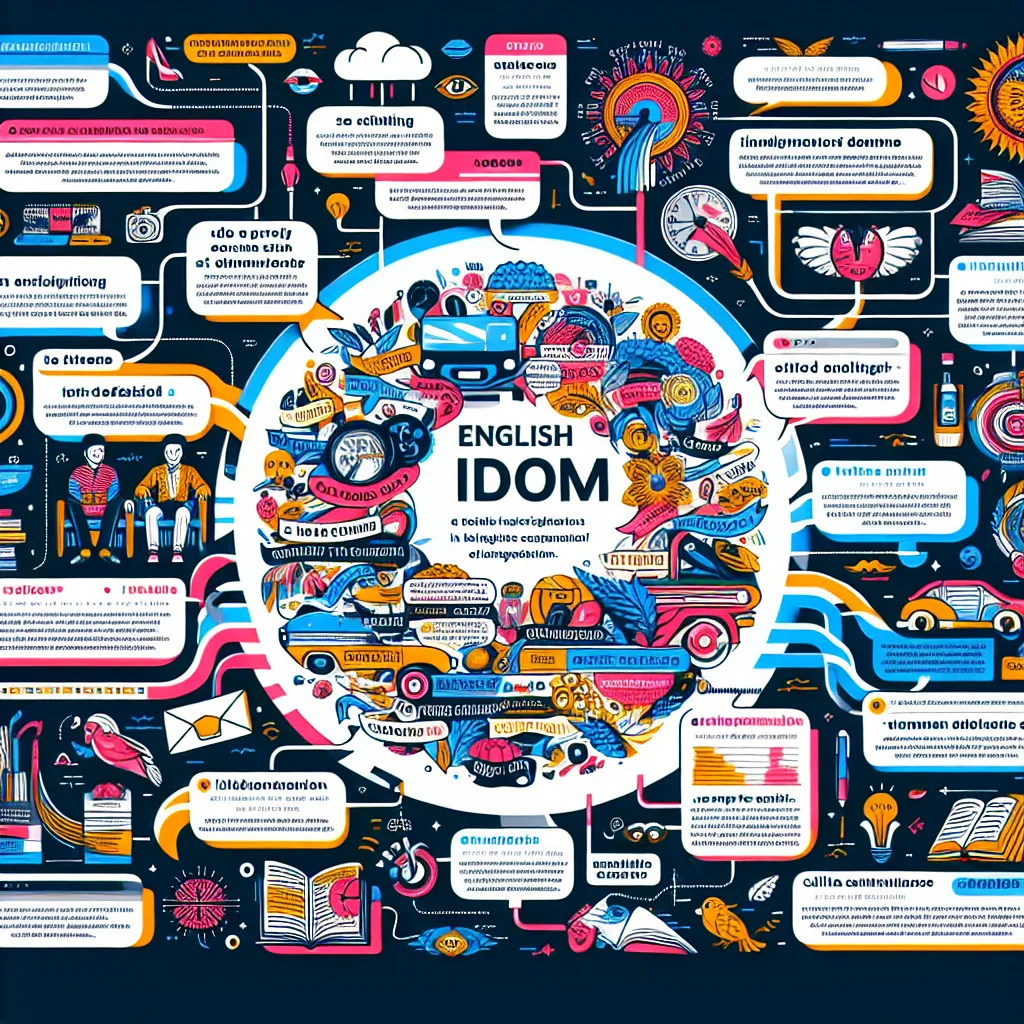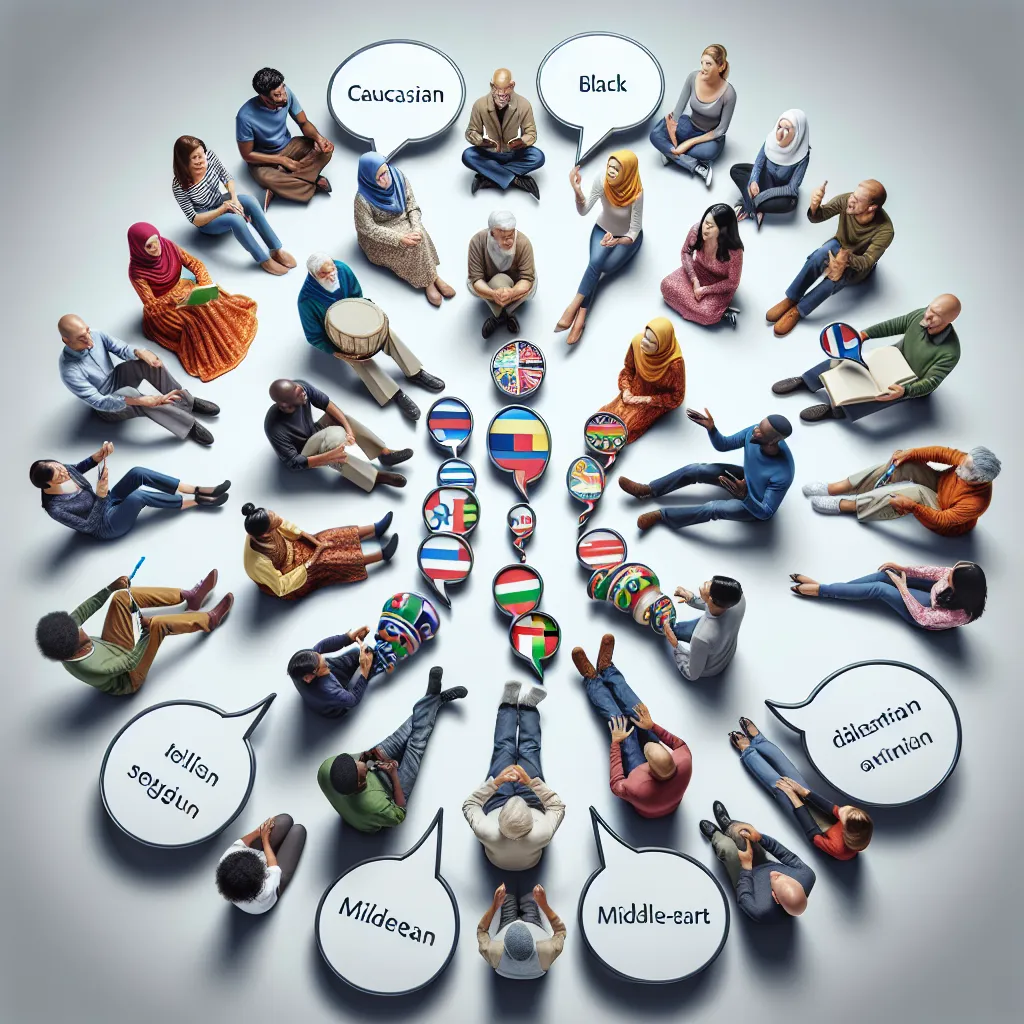Are you looking to improve your English skills while delving into the rich tapestry of history? Learning English through historical texts can be an incredibly rewarding experience, offering a unique blend of language acquisition and cultural insight. This comprehensive guide will explore effective strategies for mastering English through the lens of historical documents, providing you with the tools to enhance your language proficiency and historical knowledge simultaneously.
Why Learn English Through Historical Texts?
Historical texts offer a wealth of benefits for English language learners. They provide authentic language use, rich vocabulary, and complex grammatical structures within a meaningful context. Moreover, they offer invaluable insights into the cultural, social, and political aspects of English-speaking societies throughout different periods.
 English learner studying historical text
English learner studying historical text
Strategies for Effective Learning
1. Choose Appropriate Texts
Selecting the right historical texts is crucial for effective learning. Consider the following factors:
- Your current English proficiency level
- Your areas of historical interest
- The text’s relevance to your learning goals
Start with more accessible texts and gradually progress to more complex ones. For beginners, simplified versions of historical documents or children’s history books can be excellent starting points.
2. Build Historical Context
Before diving into a text, research the historical context surrounding it. This background knowledge will aid comprehension and make the learning experience more engaging. Consider:
- The time period in which the text was written
- Key events and figures mentioned in the text
- The author’s background and perspective
3. Focus on Vocabulary Acquisition
Historical texts often contain archaic or specialized vocabulary. To tackle this:
- Create a personal glossary of new terms
- Use contextual clues to guess meanings before looking them up
- Group words thematically (e.g., political terms, cultural references)
Remember, not all unfamiliar words need to be learned. Focus on those that are still relevant or frequently used in modern English.
4. Analyze Grammatical Structures
Historical texts can showcase how English grammar has evolved. Pay attention to:
- Sentence structures that differ from modern usage
- Archaic verb forms and tenses
- Changes in word order or syntax
Comparing these structures to modern English can deepen your understanding of the language’s evolution and enhance your overall grammatical knowledge.
5. Practice Active Reading
Engage with the text actively to maximize comprehension and retention:
- Annotate as you read, highlighting key points and unfamiliar phrases
- Summarize main ideas in your own words
- Ask questions about the content and try to answer them
This approach not only improves your understanding of the text but also enhances your critical thinking skills in English.
6. Incorporate Multimedia Resources
Supplement your reading with related multimedia resources:
- Watch historical documentaries or films related to the text’s time period
- Listen to audiobook versions of historical texts to improve pronunciation
- Explore online resources such as virtual museum exhibits or interactive timelines
These additional materials can provide valuable context and reinforce your learning.
7. Join Discussion Groups
Participating in discussion groups, either online or in-person, can greatly enhance your learning experience:
- Share interpretations and insights with fellow learners
- Practice speaking and listening skills in English
- Gain new perspectives on the historical content
Look for book clubs focusing on historical literature or join online forums dedicated to history and language learning.
8. Write Reflective Responses
Regular writing practice is essential for language development. After reading a historical text:
- Write summaries or reflections in English
- Compose essays analyzing key themes or events
- Create fictional diary entries from the perspective of historical figures
This practice will improve your writing skills while deepening your engagement with the historical content.
Important Considerations
When learning English through historical texts, keep the following points in mind:
- Language Evolution: Be aware that language usage in historical texts may differ significantly from modern English. Use this as an opportunity to explore language change over time.
- Cultural Sensitivity: Historical texts may contain outdated or offensive viewpoints. Approach these with a critical eye and consider the historical context.
- Balanced Approach: While historical texts are valuable, ensure you’re also exposed to contemporary English through modern literature, news articles, and everyday conversations.
Next Steps
To further enhance your learning experience:
- Set specific goals for your historical text reading (e.g., number of pages per week, vocabulary targets)
- Create a reading list that spans different historical periods and genres
- Consider taking an online course that combines English language learning with historical studies
- Practice retelling historical events or summarizing texts to improve your speaking skills
By following these strategies, you’ll not only improve your English proficiency but also gain a deeper appreciation for history and culture. Remember, consistency is key in language learning, so make historical text reading a regular part of your English study routine.
Learning English through historical texts is a journey that combines language acquisition with cultural exploration. As you delve into the words of the past, you’ll find your English skills growing alongside your historical knowledge, opening up new perspectives on both language and history.
For more strategies on enhancing your English skills, consider exploring our articles on mastering English grammar deeply and improving English through critical thinking tasks. These resources can complement your historical text studies and provide a well-rounded approach to language learning.




